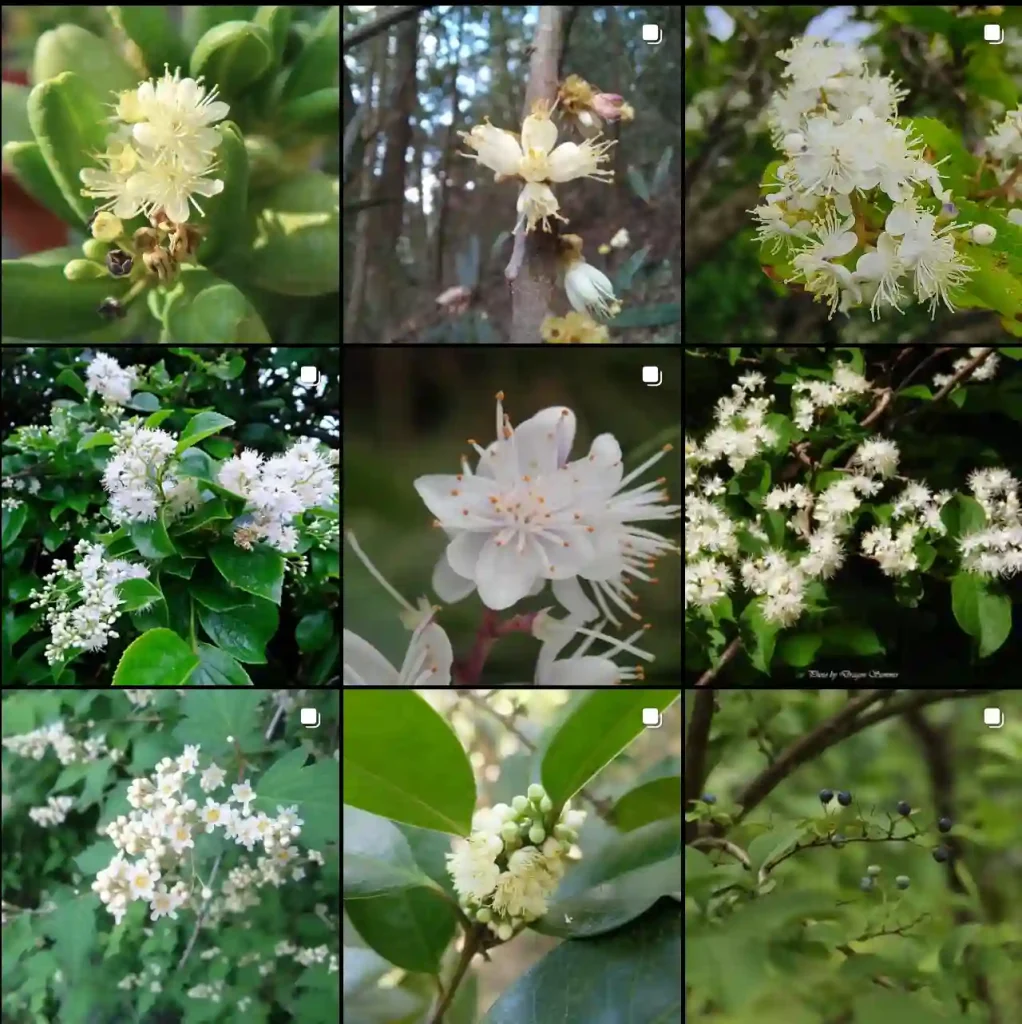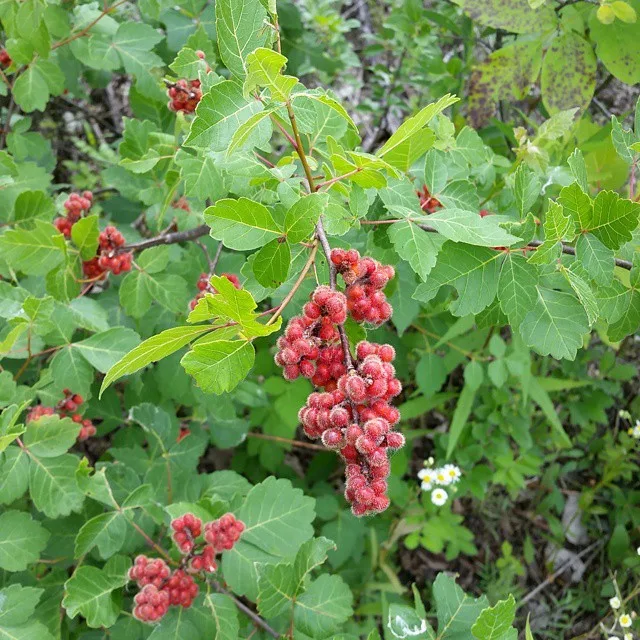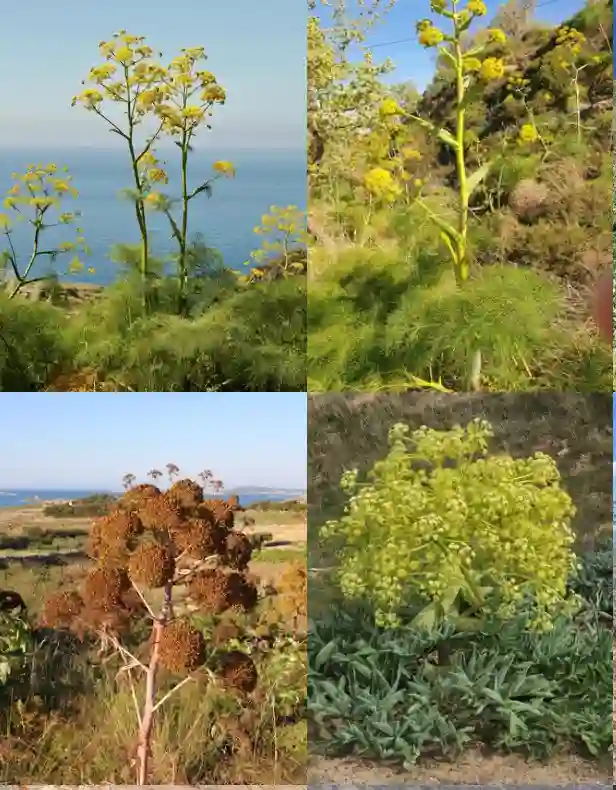Frequently Asked Questions About Amaranthus Palmeri
Amaranthus Palmeri, also known as Palmer’s Amaranth, is a fascinating plant that has been gaining attention for its unique characteristics and versatility. Having spent a considerable amount of time growing and studying this plant, I’ve compiled a list of frequently asked questions to help you understand it better.
What Is Amaranthus Palmeri?
Amaranthus Palmeri is a robust annual herbaceous plant in the Amaranthaceae family. It is native to the southwestern United States and northern Mexico. This plant is notable for its tall, upright growth and its ability to thrive in a variety of soil types. Amaranthus Palmeri can grow up to 6 feet tall and features large, lance-shaped leaves with a deep green color. The plant also produces dense clusters of tiny flowers that can be green, pink, or red, depending on the variety.
Plant Family: 184 Genera in Amaranthaceae
How to Care for Amaranthus Palmeri?
Caring for Amaranthus Palmeri is relatively straightforward. Here are some essential tips based on my experience:
- Sunlight: Amaranthus Palmeri thrives in full sun. Ensure it gets at least 6-8 hours of direct sunlight each day.
- Soil: This plant is not very picky about soil. It grows well in well-drained, sandy, or loamy soils. However, it prefers a slightly acidic to neutral pH.
- Watering: Water regularly to keep the soil consistently moist, especially during dry spells. Avoid waterlogging, as this can lead to root rot.
- Fertilization: Feed the plant with a balanced fertilizer every 4-6 weeks during the growing season to promote healthy growth.
How to Propagate Amaranthus Palmeri?
Propagation of Amaranthus Palmeri is typically done through seeds. Here’s a step-by-step guide:
- Collect Seeds: Harvest seeds from mature plants in late summer or early fall. Ensure the seeds are fully dry before storing them.
- Prepare Soil: Prepare a seed tray with a well-draining seed-starting mix.
- Sow Seeds: Sow seeds on the surface of the soil and lightly press them in. Do not cover them with soil, as they need light to germinate.
- Water Gently: Mist the soil to keep it moist but not soggy.
- Provide Warmth: Keep the tray in a warm area with temperatures around 70-75°F (21-24°C). Germination usually occurs within 7-14 days.
- Transplant Seedlings: Once seedlings have a few sets of true leaves, transplant them into larger pots or directly into the garden.
What to Plant With Amaranthus Palmeri?
Amaranthus Palmeri pairs well with a variety of other plants. Here are some good companions:
- Sunflowers: Their tall stature complements the height of Amaranthus Palmeri and creates a striking garden display.
- Corn: Like Amaranthus, corn thrives in full sun and provides vertical interest.
- Herbs: Planting basil or cilantro nearby can help deter pests and enhance the garden’s diversity.
Is Amaranthus Palmeri Toxic?
No, Amaranthus Palmeri is not considered toxic to humans or pets. However, like many plants, it should be consumed in moderation. Overconsumption could lead to digestive discomfort, so it’s best to use it as part of a varied diet.
Benefits of Amaranthus Palmeri
Amaranthus Palmeri offers several benefits:
- Nutritional Value: The leaves and seeds are rich in protein, vitamins, and minerals. The seeds, in particular, are a good source of amino acids and essential fatty acids.
- Soil Health: Its deep roots can help improve soil structure and prevent erosion.
- Aesthetic Appeal: The plant’s vibrant colors and towering presence make it an attractive addition to gardens and landscapes.
Common Problems with Amaranthus Palmeri
Despite its hardy nature, Amaranthus Palmeri can face some issues:
- Pests: Aphids and spider mites are common pests. Regular inspection and appropriate insecticidal soap can help manage these pests.
- Weed-like Growth: Due to its vigorous growth, it can become invasive in some areas. Regular pruning and monitoring are necessary to keep it in check.
Amaranthus Palmeri vs. Other Amaranthus Species
Amaranthus Palmeri is often compared to other species like Amaranthus retroflexus (Redroot Pigweed) and Amaranthus cruentus (Love-Lies-Bleeding). Here’s how they differ:
- Amaranthus Palmeri vs. Amaranthus retroflexus: While both can be similar in appearance, Palmeri tends to have larger leaves and a more upright growth habit. Redroot Pigweed has more branching and can be shorter.
- Amaranthus Palmeri vs. Amaranthus cruentus: Amaranthus cruentus is often grown for its ornamental flowers and edible seeds. It typically has a bushier growth compared to the taller, more upright Palmeri.
In summary, Amaranthus Palmeri is a versatile and hardy plant that can be a valuable addition to any garden. Its ease of care, nutritional benefits, and aesthetic appeal make it a great choice for both novice and experienced gardeners.
If i die, water my plants!



